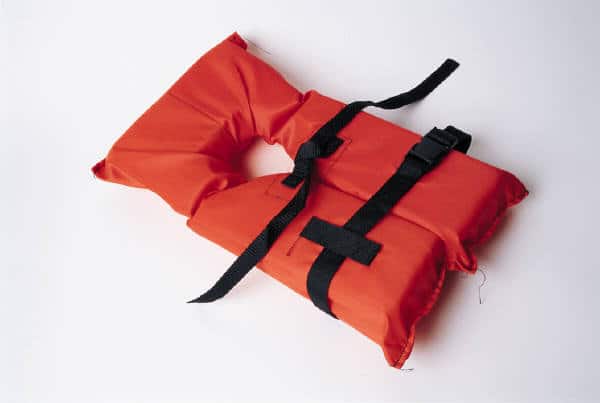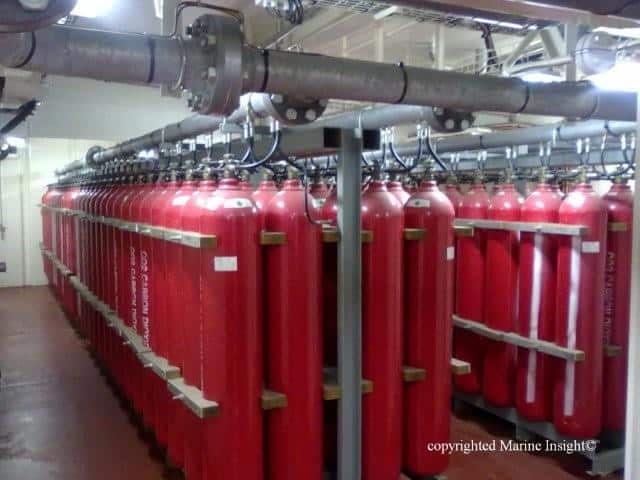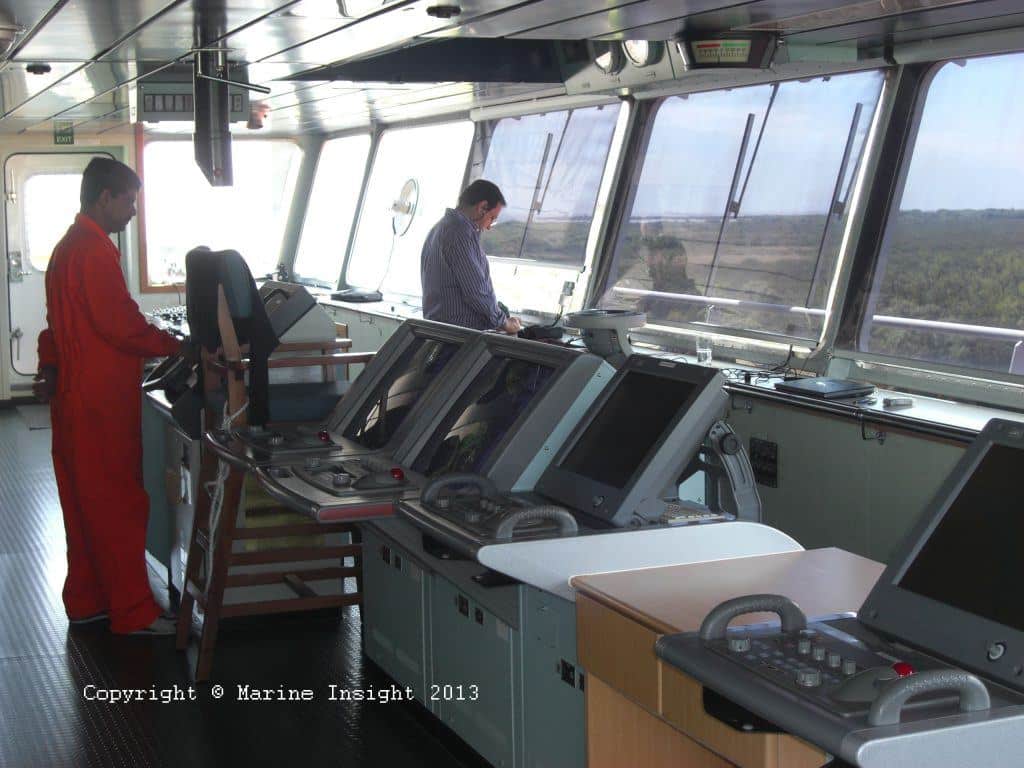The unprecedented salvage of team from a stricken South Korean vessel off the US coast this week may have occurred on the opposite side of the world, however it fills in as an update that security of life adrift is a test all over the place. Closer to home, the Indian Ocean Rim Association (IORA) has made "Sea Safety and Security" a need zone of center, however practically all consideration has concentrated on the security component. Wellbeing courses of action for sea participation stay immature.
The few IORA expert gatherings held so far on Maritime Safety and Security have involved themselves primarily with security issues. The Blueprint for Maritime Safety and Security in IORA concurred in 2017 makes little reference to wellbeing issues, other than recognizing the requirement for a notice of comprehension on look and salvage. The ongoing proposition for a "quad" of coast protects included on The Interpreter correspondingly neglected to specify sea wellbeing prerequisites, in spite of this being the center business of coast watches.
Both sea security and oceanic wellbeing are basic requirements for accomplishing what has been named the "blue economy". While monetary exercises adrift ought to be secure against dangers, for example, robbery and fear based oppression, they ought to likewise be led securely, with agreeable plans to avoid oceanic mishaps, just as to manage them when they do happen. Enterprises, for example, the travel industry, dispatching and ports, and seaward oil and gas are key areas of the blue economy, and all are inclined to genuine yet preventable mishaps.
Helpful search-and-salvage systems are an essential necessity, yet look and salvage adrift is a requesting assignment, and some local nations have acknowledged territories of duty regarding a huge zone of sea. A significant mishap, for example, one including a seaward oil establishment or a luxury ship, would be considerably more requesting of local participation than a standard look and salvage strategic. Numerous nations in the Indian Ocean district are moderately poor and sick furnished to manage a catastrophic event or a significant mishap in their nearby waters.
Four out of the seven most noticeably awful compartment deliver catastrophes as of late happened in the Indian Ocean locale. The ongoing sinking of the huge mass transporter Nur Allya in Indonesian waters is accepted by the delivery affiliation Intercargo to have been brought about by the ship conveying a payload of nickel metal, which can possibly condense, making the ship unsteady. Nine mass bearers have sunk with the loss of 101 lives somewhere in the range of 2009 and 2018, correspondingly associated to be the outcome with conveying load that could melt – six were mass transporters conveying nickel mineral from Indonesia, two with laterite (dirt) iron metal from India, and one with bauxite from Malaysia.
Ship mishaps are likewise very normal in the district, especially in Bangladesh, Indonesia and East Africa. At any rate 34 individuals were affirmed dead in a ship sinking off the bank of Indonesia's South Sulawesi territory in July 2018. In September that year the ship Nyerere overturned in Lake Victoria close to the island of Ukerewe in Tanzania (an individual from IORA) with the passings of at any rate 224 individuals. In a ship mishap in Bangladesh in May 2014, at any rate 29 individuals kicked the bucket and in excess of 100 others were absent after a ship upset in a stream during a tempest. At that point in February 2015, 69 individuals kicked the bucket, a considerable lot of them ladies and kids, in a ship mishap in focal Bangladesh, when the vessel inverted after an impact with a freight send.
The global framework for controlling the specialized condition and security of boats is known as Port State Control (PSC), yet it stays frail in the Indian Ocean locale. This is stressing, given that unacceptable boats are progressively inclined to mishaps, robbery assault, and contribution in criminal operations adrift.
There are two PSC systems relevant over the district: the Indian Ocean MOU (IOMOU), and the Riyadh MOU for the Gulf Region. The IOMOU is the principle system for the locale, yet it has issues. Two significant delivery nations in the district (Pakistan and Somalia) are not individuals, and of the 20 individuals, five (Eritrea, Madagascar, Mozambique, Tanzania, and Yemen) didn't report any review action in 2018. IOMOU gatherings ought to examine at any rate 10% of outside boats visiting their ports, however examination rates are low. Over a large portion of the absolute assessments announced by the IOMOU in 2018 (2922 out of 5697) were done by Australia.
Participation for sea security in the Indian Ocean locale should be created. A lot more prominent consideration is required towards PSC, ship security, payload stacking systems, and helpful measures to counteract and manage sea mishaps. In any case, the absence of consideration given to oceanic wellbeing in the area is to a limited extent because of naval forces leading the pack in IORA's Maritime Safety and Security plan. The Indian Ocean Naval Symposium is the fundamental provincial gathering that tends to Maritime Safety and Security, however other than search-and-salvage questions, it doesn't address wellbeing issues – and in any case, naval forces don't have lead duty regarding look and salvage in most territorial nations.
As an initial step to getting more noteworthy spotlight on sea wellbeing, it is useful to civilianise or "de-securitise" the prerequisite. Collaboration for sea wellbeing in the Indian Ocean area would be best encouraged by coast protects and other common organizations, as opposed to by naval forces.
This recommends the requirement for another territorial discussion, like the Asia-Pacific Heads of Maritime Safety Agencies (APHoMSA) gathering, which was built up in 1996 to advance sheltered, secure delivery and a perfect marine condition in the Asia-Pacific. Uniting senior sea authorities from the Indian Ocean district would permit the trading of thoughts and help distinguish regions of coorporation.


















